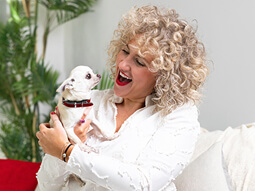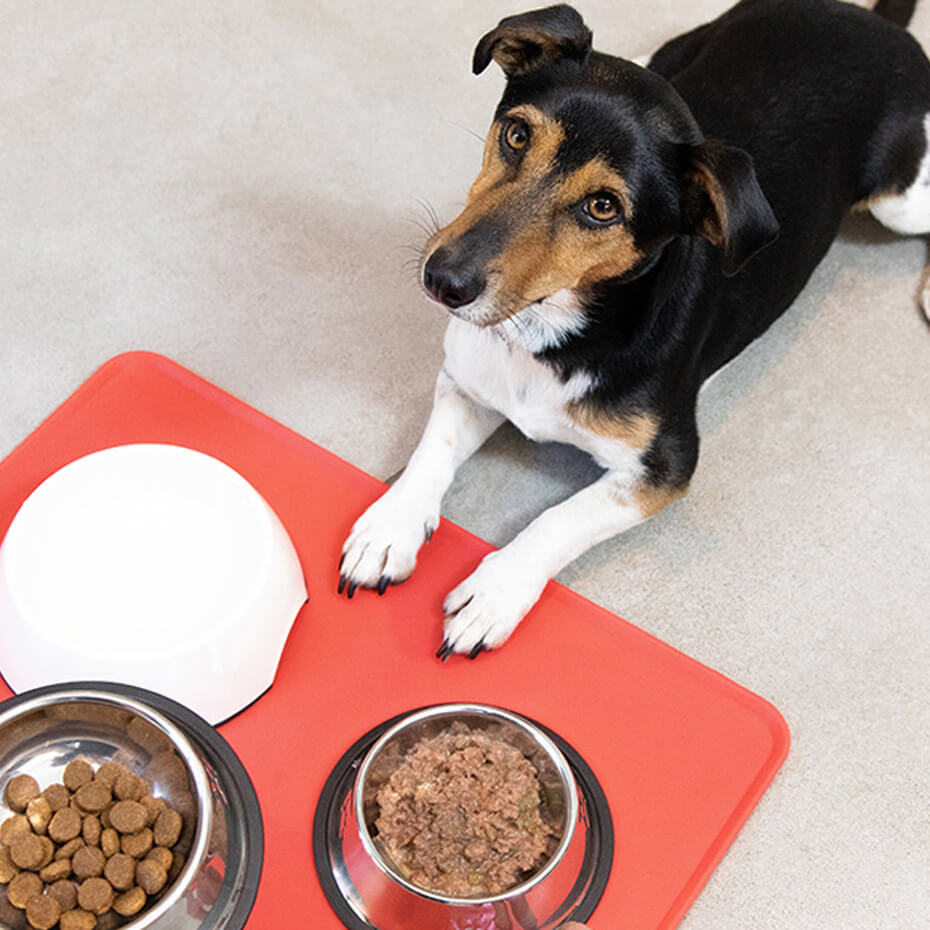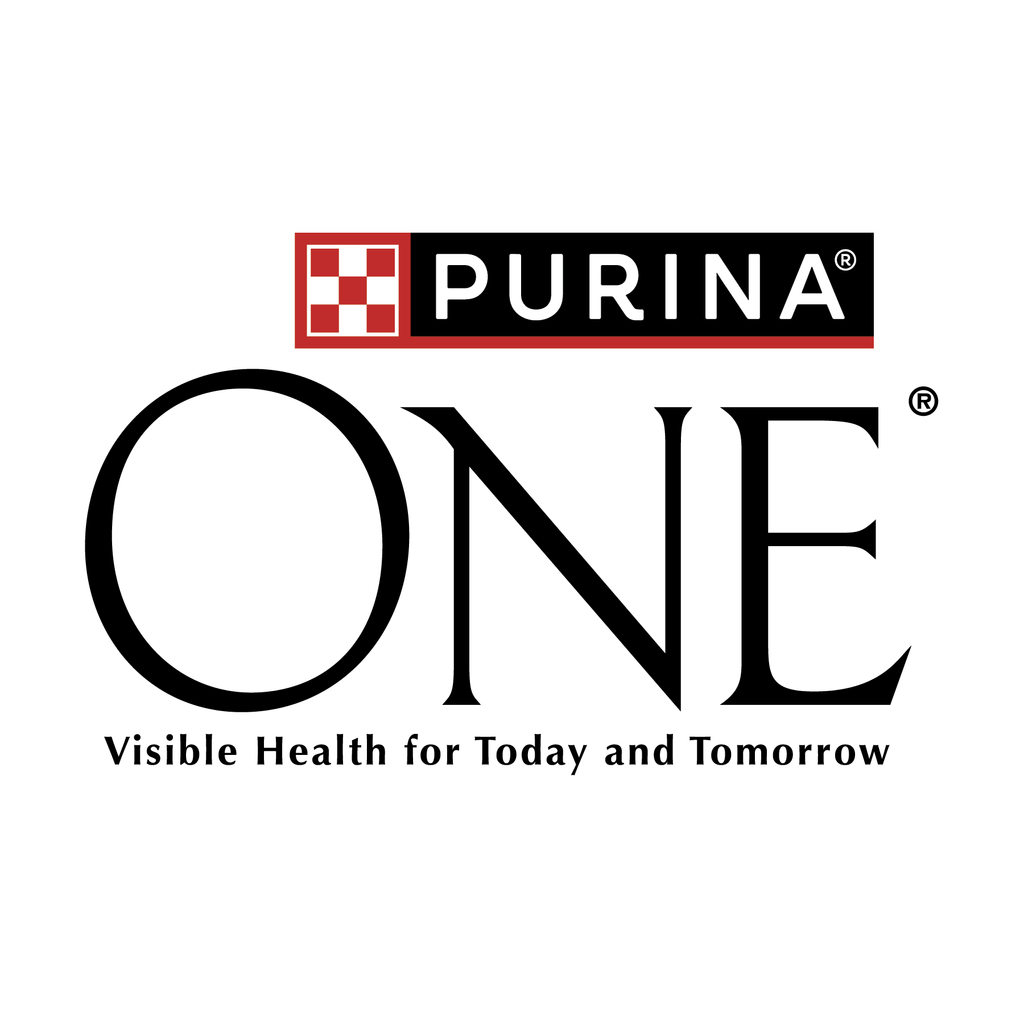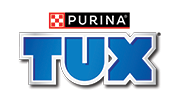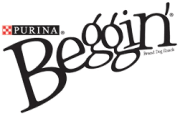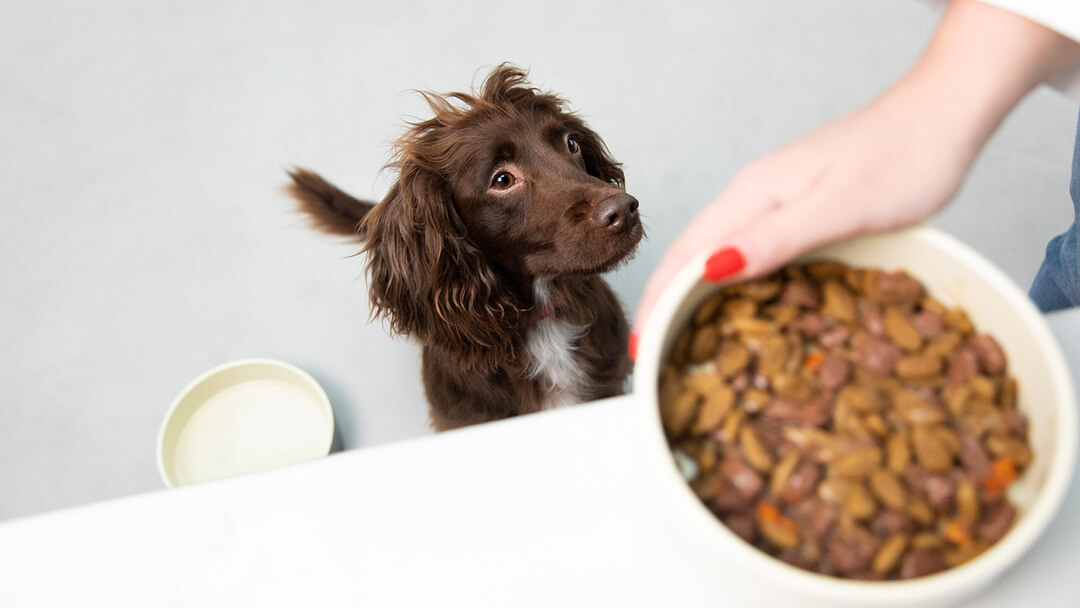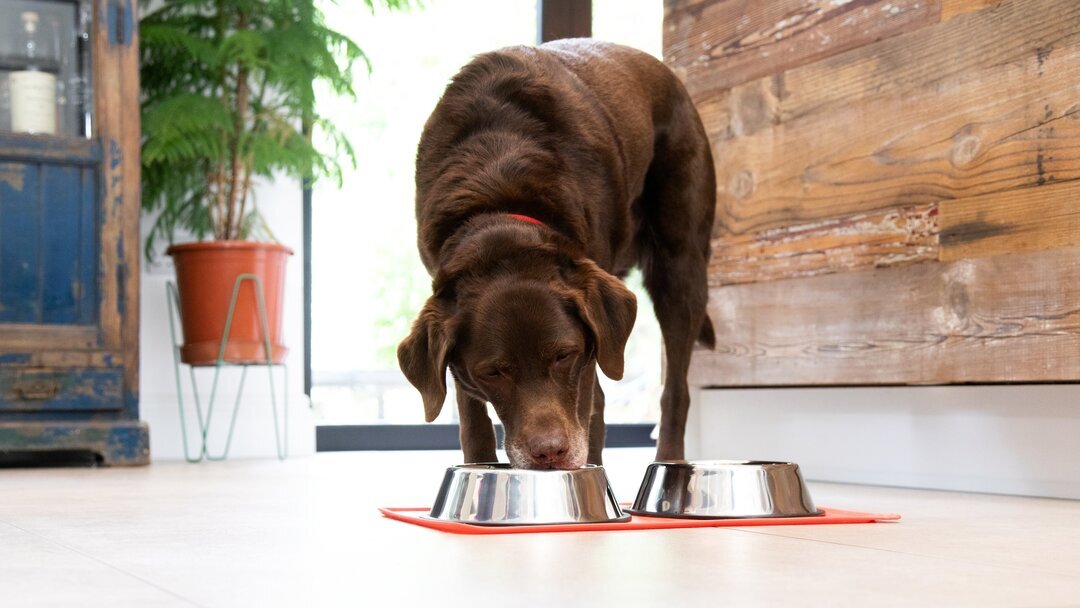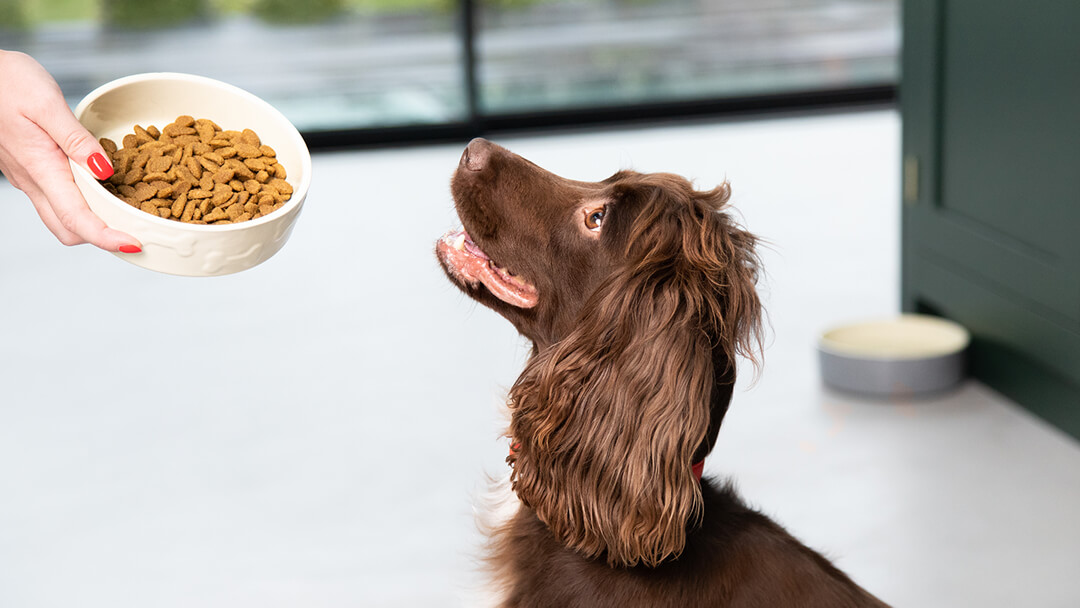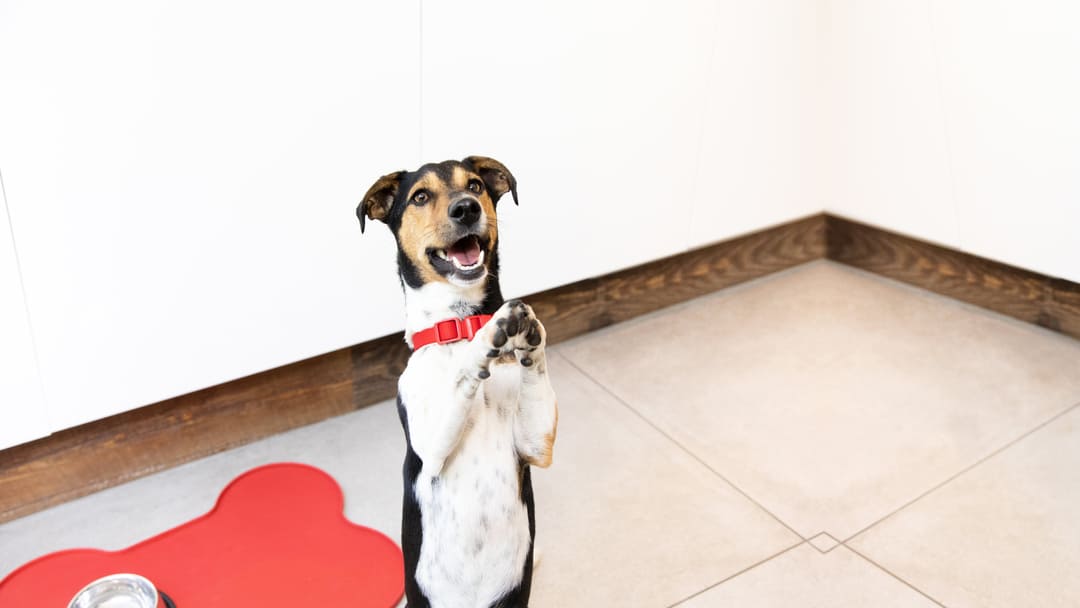
Dogs can get food poisoning too, so to make sure it doesn’t happen to your pet, either use manufactured pet food or take note of our practical tips.
SAFETY FIRST
Your dog depends on you for a good diet and the right nutrition. So it’s important that you pay special attention to the quality and freshness of the food you provide. After all, food poisoning does occur in dogs.
Illness from manufactured pet food, however, is very rare thanks to stringent quality assurance and safety checks throughout the manufacturing process. However, it’s always best to check the use-by date to ensure maximum freshness. You do it for yourself when out shopping, so why not for your dog, too? Starting with the selection of raw ingredients right through to warehousing and delivery, the manufacture of pet food is closely monitored every step of the way, and processes, additives, ingredients and product safety are all regulated.
MANUFACTURED DOG FOOD – COOKING
Regulated and automated, the cooking process kills off all living organisms present in the ingredients (bacteria and moulds).
Cans and pouches are cooked by sealed-in pressure cooking.
Dry foods are extruded (flash cooking a dough at high pressure) or baked. Finished products are segregated from the incoming raw materials to prevent cross-contamination.
MANUFACTURED DOG FOOD – PACKAGING
Canned foods are sealed to prevent any further contact with external micro-organisms or exposure to oxygen, which could cause spoilage.
Lacquered linings for cans and the foil of pouches protect the food and metal from interacting. Damaged cans are at risk because the protection seal may have been broken, so look out for swollen cans and pouches.
Dry foods remain fresh over many months because bacteria can’t grow and spoil food when moisture levels are low. Dry food packaging and the fatty coating of biscuits help prevent the entry of moisture and oxygen that can cause food spoilage during storage.
Once opened, store dry foods covered in a cool dry place. Do not store moistened dry foods as moulds may grow, which can harm your pet.
MANUFACTURED DOG FOOD – INGREDIENT SELECTION AND QUALITY
Every ingredient used in commercially produced food must meet established levels of quality. Suppliers use standardised analytical techniques to ensure ingredients conform to regulations and are free of, or meet the minimal safe levels of, toxins and metals, as well as offering the correct nutrient content.
Fallen animals or spoiled cereals are excluded from pet foods, as are certain organs like brain, spleen and spinal cord. Meats are delivered to factories frozen or chilled to ensure quality. Any additives used have to conform to regulations and be certified as safe.
DOG FOOD SAFETY AT HOME
Storage– Dry food should be stored in an airtight container, which keeps it tasty by sealing in aromas and keeping out bugs. You can leave a serving of dry food in the bowl, as it won’t spoil, but beware of attracting ants and rodents.
Feeding– Place your dog’s bowl on a surface that is easy to clean, like a tiled floor or a mat. Feeding bowls should be made from metal (easy to clean), ceramic (not easily knocked over) or plastic (although these might get chewed and the teeth marks can harbour germs).
Food safety- is about good feeding practice as well as hygiene. For example, don’t exercise your dog an hour before or an hour after feeding. Some dogs eat their food too quickly and are prone to choking, so raising their feed bowl and choosing a dry food that has larger pieces can help.
For more information on dog food safety please contact our Purina Pet Care Advice Team here.
